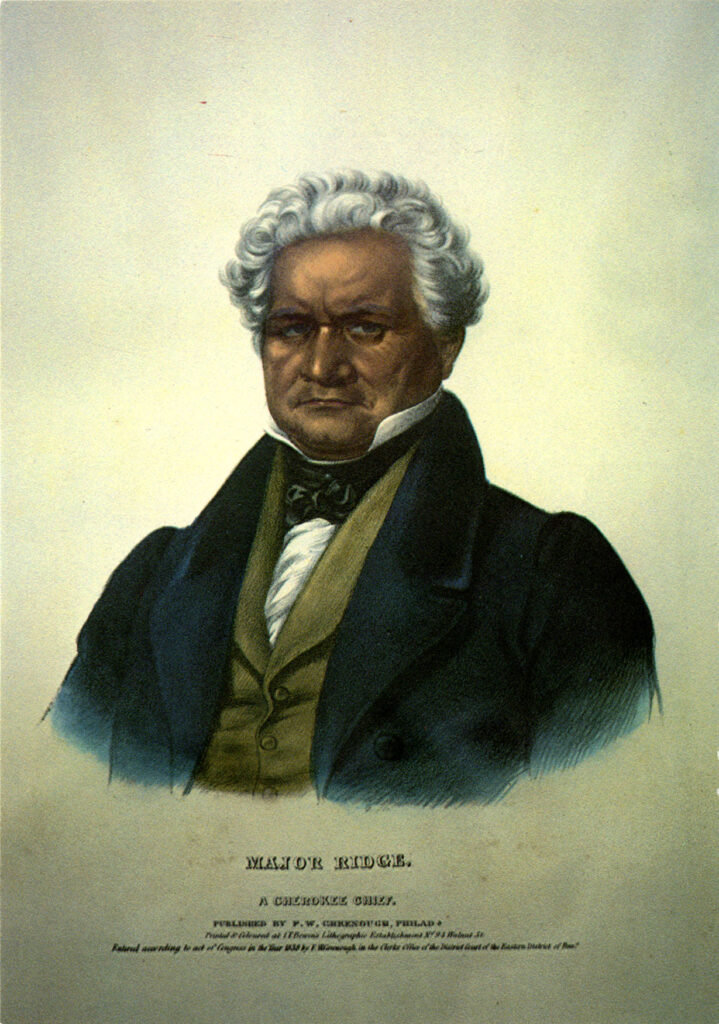This National Historic Landmarkwas the home of the prominent early-nineteenth-century Cherokee leader Major Ridge and his family.
The mission of the Chieftains Museum/Major Ridge Home in Romeis “to preserve and interpret the heritage represented by the Chieftains house and campus.” Thus “its heritage most significantly encompasses the history and traditions of the Cherokee Indians and the clash of cultures in the southeastern United States that culminated in the tragedy known as the 'Trail of Tears.’”

As the mission statement indicates, the Chieftains Museum has national significance. As leader of the Treaty Party, Major Ridge negotiated and signed the Treaty of New Echota with U.S. officials in December 1835. The treaty turned over all Cherokee lands in the Southeast in return for $5 million and a promise of land in the West. The treaty resulted in the forced removal of the Cherokees from the Southeast to Indian Territory in the West during the harsh winter of 1838-39. More than 4,000 Cherokees died on that fateful journey. Branded a traitor by the majority of Cherokees, Major Ridge was later murdered for his role in the Treaty of New Echota.
After the War of 1812 Major Ridge moved his family and enslaved people to a site on the Oostanaula River near present-day Rome. The original house was a two-story, dogtrot-style log house. The Ridges installed glass windows; added clapboard siding, shutters, and porches; and painted the structure white. The stately home served as the centerpiece of a 280-acre plantation that included corn, vegetable, and cotton production, an extensive fruit orchard, and a river ferry business. With George Lavender, Ridge operated a trading post, where Cherokee and white friends and neighbors, including Principal Chief John Ross, conducted business.

In the next two decades Cherokee leaders adopted a governmental structure modeled on that of the United States and encouraged the people to pursue European lifestyles and practices. Such accomplishments did not protect them from the implementation of the Indian Removal Bill passed by Congress in 1830, however. In 1832 Georgia held a lottery to give away Cherokee lands, despite the fact that Cherokees occupied them. Ownership of the Ridge plantation fell to white Georgians, although the Ridges remained until 1837.
Subsequent owners of the house made renovations and additions, and the property was divided and sold. The house became known as “Chieftains.” In 1928 the American Chatillion Corporation purchased the property and built a textile mill there. In 1969 the Celanese Fibers Corporation donated the current campus to the Rome Junior Service League, which opened a museum. In 1987 Chieftains Museum incorporated as a separate entity.
In 2002 the museum added “Major Ridge Home” to its name and became an official historic and interpretive site of the National Park Service’s Trail of Tears National Historic Trail. This relationship increases public awareness of the site while preserving the museum’s integrity as a private nonprofit organization. The commitment of the board of directors and staff to sharing Cherokee culture is symbolized by the 2003 opening of the Grizzard Center for Cherokee Studies on the site.







